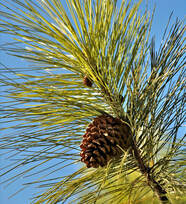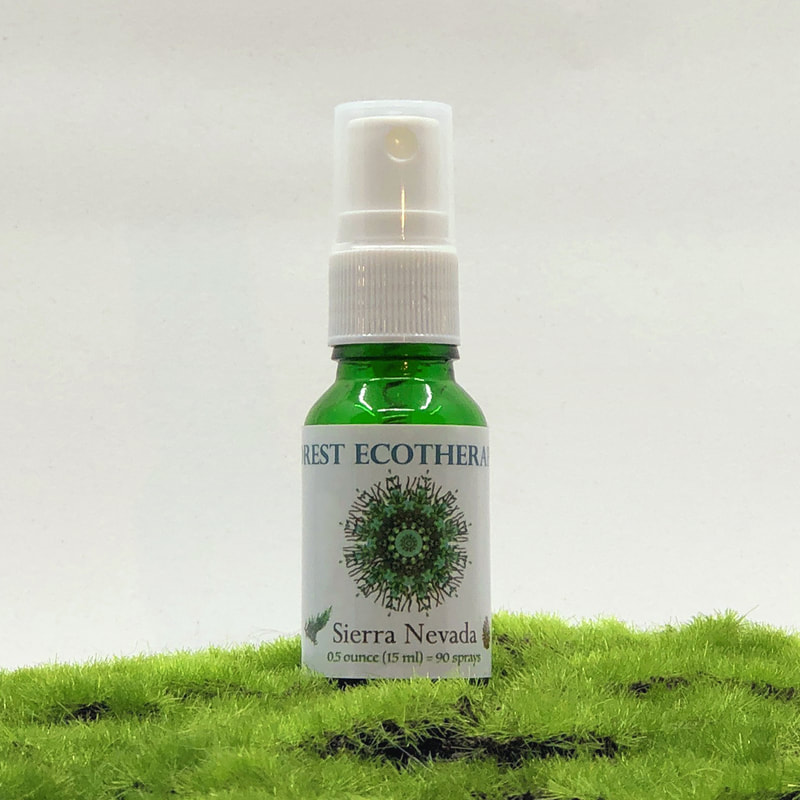Sierra Lodgepole Pine – Pinus contorta ssp. murrayana
|
Also Known As: Tamarack Pine.
Distribution: Cascade Mountain Range of Washington and Oregon, Sierra Nevada Range of California, with small populations in the San Bernardino Mountains and northern Baja California Peninsular Ranges, between 5,000 and 11,000 ft (1524 and 3353 m). Ecosystem: Upper montane and sub-alpine Western landscapes, on either rocky slopes or in meadows in dense stands, alone or as the dominant species with Aspen, Mountain Hemlock, Ponderosa Pine, Red Fir, Douglas Fir, Western Juniper, Sitka Spruce, and Western Spruce. Maximum Age: Approximately 600 years. Maximum Height and Girth: Up to 120 ft (36.6 m) in height and to up to 6.6 ft (2 m) in diameter. Distinctive Characteristics: Sierra Lodgepole Pine is a dominant conifer species, especially in the Sierra Nevada range. It is characteristically very straight and tall, with a slight twisting of the trunk as it ages, most noticeable on dead, debarked trees. It is also recognizable by its two-needle clusters and small cones compared to other sub-alpine pine species. Animal Community: An important tree of the sub-alpine ecosystem; 31 mammals and almost 50 bird species use Sierra lodgepole pine forests for food, cover, or habitat. Squirrels, chipmunks, mice, and grouse eat the pine seeds, while deer and elk browse the tree’s twigs. Snags of any tree, such as seen here in the photo, are an important part of the forest ecosystem, providing shelter to a variety of animals. Traditional Uses: Medicinal: Sap placed on eyes for sore eyes (Klamath). Food: Sap and inner bark was used for starvation food (Montana Indian, Okanagon, Thompson). Fiber: Young bark was used to make baskets (Montana Indian). Tools and Objects: The bark was made into containers for gathering berries (Klamath). Shelter: Lodgepole Pine’s common name refers to its use in constructing the tipi lodge by the Paiute and Dakota, among others. A typical tipi is assembled with 15 to 18 young trees fashioned into poles that are long, straight, and lightweight. Nomadic buffalo-hunting tribes made long journeys across the plains to harvest these trees, which only grew in mountainous areas. Many people still use Lodgepole Pine today for erecting tipis at private homes, on Native American reservations, or for use in powwows. Transportation: Wood used to propel canoes (Klamath). Modern Uses: In a less sacred manner, the tree is also currently logged to make log homes and paper pulp. Threats: While it is currently unthreatened, Lodgepole Pine are affected by the Mountain Pine Beetle, especially from drought caused by climate change. |



